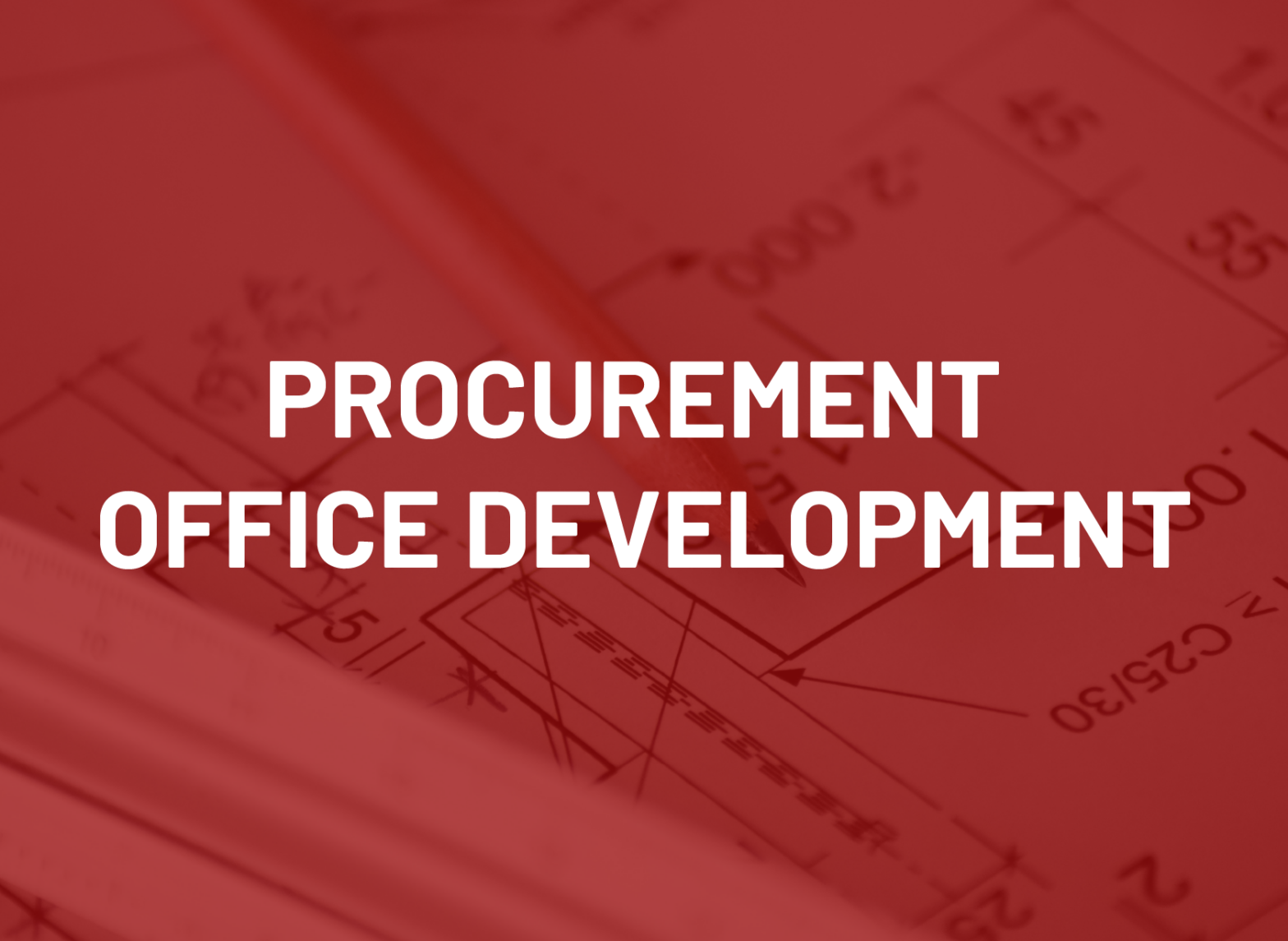The post-pandemic way of life has shown us one thing: employees are essential to the success of any organization. As people continue to assess their priorities and leave their jobs for new opportunities, agencies are beginning to understand the importance of employee satisfaction and workplace culture.
This new era is commonly referred to as The Great Resignation. It is causing organizations across the country to rethink not only their hiring processes but internal employee retention strategies as well. As people continue to look beyond their present roles in search of fulfilling opportunities, organizations must create innovative solutions to nurture their current talent.
Retaining qualified employees and planning for continuity of operations amidst a fluid environment is not an easy task, especially for the public sector. Bureaucratic practices often hinder government agencies from utilizing highly effective talent management strategies that are commonly used throughout the private sector. Since public sector employees are required to work within their legislative parameters, such as salary restraints and cumbersome hiring timelines, teams must continually find creative ways to retain their diverse personnel.
So what can be done?
This brings us to NASPO’S #6 Priority for State Procurement in 2022–Talent Management and Succession Planning. As a procurement professional, I fully understand the ways in which the pandemic has affected workplace culture within state and local governments. Although each organization has felt varying levels of challenge, some universal tools and concepts could benefit your team.
My personal favorite is Talent Management—a highly effective, strategic approach to organizational culture. This process provides a consistent, intentional way for organizations to ensure employees are getting the tools they need to succeed throughout their careers.
Talent management can benefit your office by:
- Creating deeper employee engagement and workplace experiences
- Increasing trust and transparency
- Improving performance management
- Heightening levels of professionalism within the office
- Providing a structure and baseline for succession planning and turnover
Implementing talent management within your office can seem overwhelming for those of us working on the front line. Although there is not a one-size-fits-all solution, I have found the following tips extremely useful when leading a team throughout my career:
(1) Focus on communication and employee buy-in.
- Set clear goals from the beginning. Employees need to know how their work relates to the organization’s mission.
- Ask questions. Find out what motivates your team, and be consistent in your messages.
- Set up regular meetings to make sure everyone stays connected and informed.
- Welcome feedback. Use constructive criticism to strengthen your approach.
- Listen. Be present, attentive, and free of distractions.
(2) Promote professional development to cultivate an environment of growth.
- Create internal mentoring programs where seasoned employees can assist new hires.
- Utilize “learning moments” to help team members step outside their comfort zones.
- Encourage professional development opportunities.
- Promote skill-based learning and adult education beyond the organization.
- Trust your employees to make good decisions and utilize failure as opportunities for growth.
(3) Find alternative ways to recognize employees for their hard work and commitment.
- Make “thank-you” and positive feedback common practices within your workplace.
- Increase responsibility and trust after a job is well-done.
- Be sincere in your recognition efforts. Avoid generic tactics and adapt your methods to the individual.
The greatest part about talent management is that it can be tailored to fit the individual needs of your team. If it is constantly revisited and continually applied, you will create a culture of trust, growth, and acknowledgment for your employees. By implementing (even taking baby steps towards) processes such as talent management, your organization can be prepared to run effectively and efficiently in times of change.
